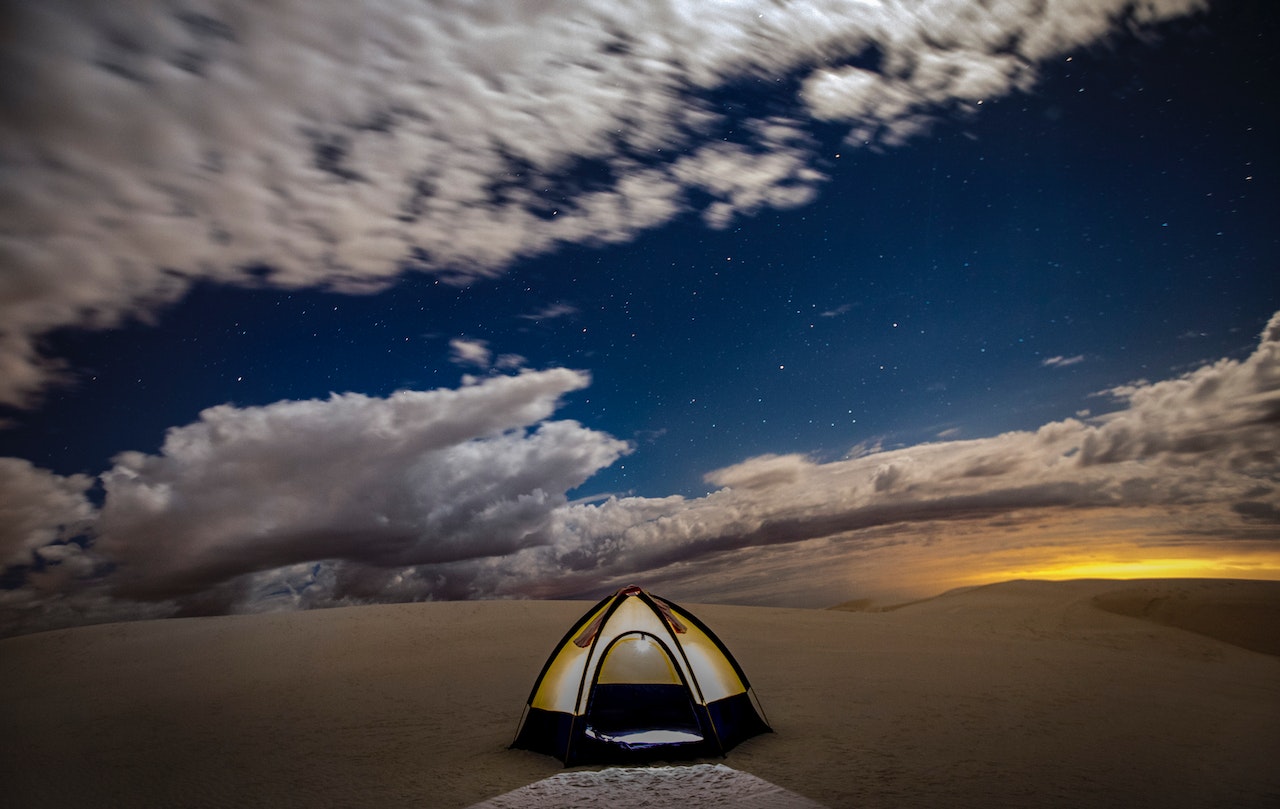Photo By: Stephen Leonardi Source: Pexels
In the age of GPS, smartphones, and other technological marvels, we’ve become heavily reliant on digital tools for navigation. But what happens when the batteries run out, or satellites are no longer in range? Navigating without modern tools is not just a skill for the history books; it’s a vital survival ability. From our ancient ancestors navigating vast oceans to indigenous tribes finding their way through dense forests, navigation is a testament to human adaptability and ingenuity. This comprehensive guide aims to reintroduce you to the age-old techniques that can save you when modern gadgets fail.
The Importance of Navigation in Survival
Imagine being lost in a dense forest, a vast desert, or an unfamiliar mountain range. Every survival scenario underscores the critical importance of knowing where you are and how to get to safety. Navigation skills:
- Conserve energy: Aimless wandering expends precious energy and resources.
- Boost morale: Confidence in your direction fosters hope.
- Ensure safety: Avoiding dangerous terrains and wildlife zones can be life-saving.
Understanding Natural Cues for Navigation
Nature offers a plethora of cues to help you find your way. By observing and understanding these signs, you can discern your direction and make informed decisions.
Moss Growth:
While it’s a popular belief that moss predominantly grows on the north side of trees (in the Northern Hemisphere), this isn’t always accurate. However, moss generally prefers shaded, damp conditions. Observing the denser side of moss growth can give you a hint, but it shouldn’t be your sole navigation cue.
Sun Positions:
The sun, dependable in its east-to-west arc, can be a powerful ally.
- Morning: The sun rises roughly in the east.
- Noon: In the Northern Hemisphere, the sun will be due south when it’s highest in the sky. In the Southern Hemisphere, it’s due north.
- Evening: The sun sets roughly in the west.
River Flow:
Most rivers flow towards larger bodies of water like seas or oceans. While following a river doesn’t guarantee reaching civilization, it can lead you to more navigable routes or resource-rich areas.
Star Navigation Basics
The night sky, with its vast array of stars, has been a navigation tool for millennia.
Northern Hemisphere:
- Polaris (North Star): Finding the Big Dipper constellation is key. The two stars on the edge of its ‘bowl’ point towards Polaris. The North Star is almost directly above the North Pole, making it a reliable northern indicator.
- Cassiopeia: Opposite the Big Dipper, this W-shaped constellation can also guide you to Polaris.
Southern Hemisphere:
- Southern Cross: This small, bright constellation points south. Draw an imaginary line through its long axis to find the south celestial pole.
- Pointers: Two bright stars, Alpha and Beta Centauri, can help confirm the direction of the Southern Cross.
Using a Map and Compass
Map Basics:
- Scale: Understand the scale of your map. It gives an idea of distances between points.
- Contours: Lines that indicate terrain elevation. Closer lines indicate steeper terrains.
- Legend: Always check the legend for symbols and their meanings.
Compass Basics:
- Magnetic North vs. True North: Maps are oriented to True North. But compasses point to Magnetic North. Understand the declination (difference) in your area and adjust accordingly.
- Orienting a Map: Lay the map flat, and using the compass, align the map’s north with Magnetic North.
- Taking a Bearing: If you want to travel in a specific direction, place your compass on the map so that its edge connects your current position with your desired destination. Rotate the compass housing so its lines align with the map’s north. The bearing to your destination is now set.
Making and Using an Improvised Sundial
An ancient tool, a sundial can help you tell time and, to some extent, determine direction.
- Find a Level Spot: Ensure it’s exposed to sunlight for most of the day.
- Place a Stick Upright: This will act as the gnomon. The stick should be straight and fixed securely.
- Mark the Tip of the Shadow: Every hour, mark the tip of the shadow. As the sun moves, the shadow will shift.
- Draw a Circle Around the Stick: Using the hourly marks, you can estimate the time by seeing where the shadow falls.
- Determine Direction: In the Northern Hemisphere, the first shadow cast in the morning points west, while the last shadow of the evening points east. The shortest shadow is when the sun is due south (or north in the Southern Hemisphere).
Conclusion:
Navigating without the crutch of modern technology is undoubtedly challenging. However, with practice and observation, you can hone your ability to read nature’s signs and use simple tools effectively. As you embrace these timeless skills, not only do you become better equipped for survival scenarios, but you also foster a deeper connection with the world around you. Always remember: navigation is as much about the journey as it is about the destination. Safe travels!



